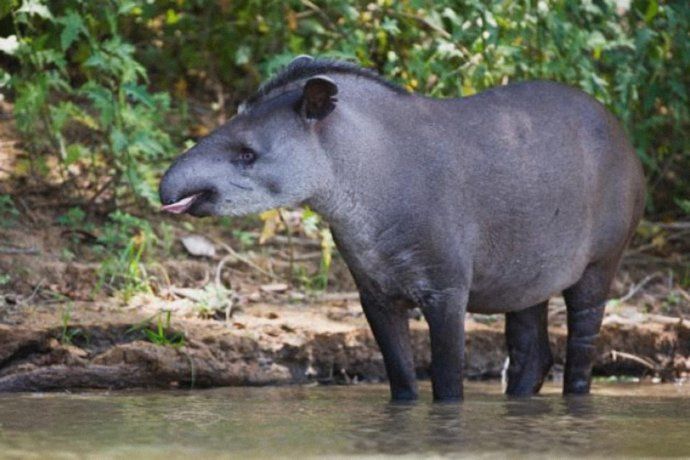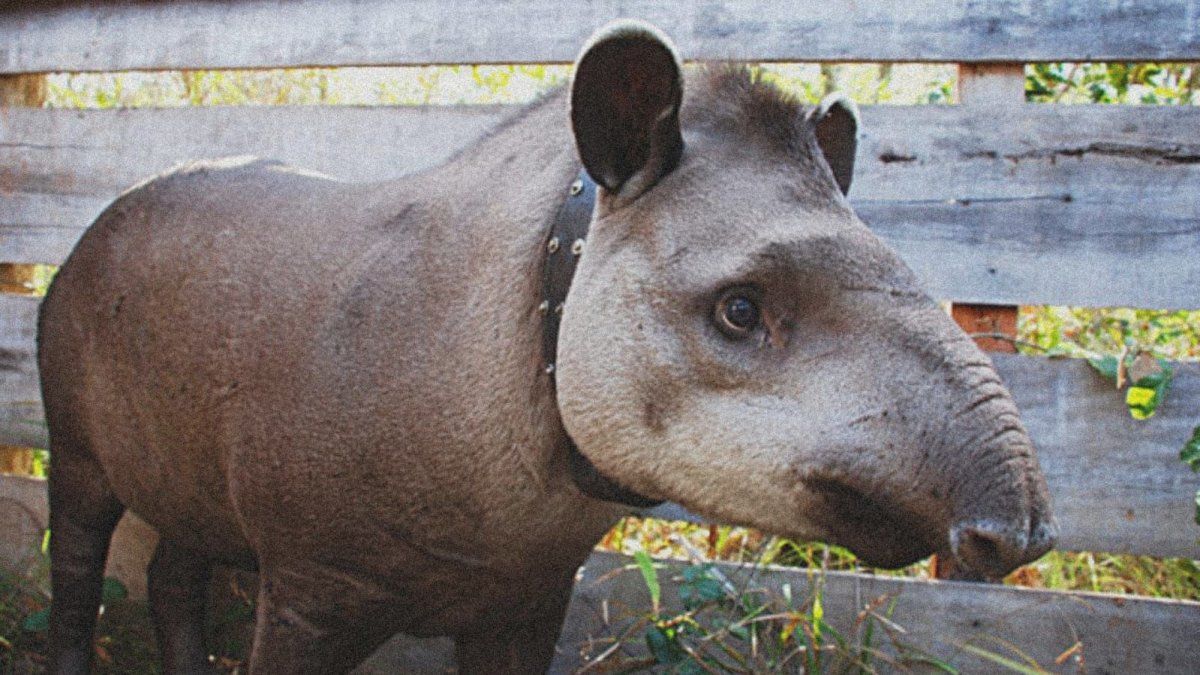This is a species of tapir last seen at the beginning of the 20th century. At that time, this documentation of specimens occurred in the Serra dos Órgãos National Park.
The cameras of State Institute of the Environment (INEA) of Rio de Janeiro captured an event considered historic for Brazilian biodiversity: the reappearance of the South American tapir (Tapirus terrestris), the largest land mammal in South America, in the region of the Green Coast.
The content you want to access is exclusive to subscribers.
According to Forum Magazinein reference to Brazil Agencya total of 108 images and videos reveal the presence of three tapirs, including a female and her calf, walking through the dense forests of the Atlantic Forest in it Cunhambebe State Park (PEC)a 38,000 hectare conservation unit established in 2008. This park encompasses areas of Angra dos Reis, Rio Claro, Itaguaí and Mangaratibaoffering an essential refuge for endangered species.


The South American Tapir reappeared after 100 years
This rediscovery comes after more than a century without records of specimens in the wild in the region. The last sighting in the region dates back to 1914, when specimens were documented in the Serra dos Órgãos National Park. Since then, accelerated urbanization and intensive hunting led to its disappearance in the area, including it on the list of endangered species.
south american tapir

Its function is that of a “forest gardener” as it disperses seeds in its habitat.
Courtesy: Huffington Post
A symbol of hope for the Atlantic Forest
The recent appearance of these animals generated great expectation between conservationists and scientists. The collaboration between INEA and the company Vale, which installed the cameras in the conservation unit, made it possible to document this momentous moment for the region’s fauna.
The South American tapir plays a crucial role in ecosystems, acting as a “forest gardener” by dispersing seeds in its habitat. Its reappearance in the Atlantic Forest, one of the most biodiverse and threatened biomes on the planet, represents a encouraging sign for the conservation of the region.
“This finding reinforces the importance of protected areas and the efforts of conservation in the recovery of emblematic species“said an INEA spokesperson. Likewise, with this news, the PEC is consolidated as a bastion of biodiversity in Rio de Janeiro, offering a new opportunity to protect tapirs and other threatened species in their natural environment.
“The PEC serves as sanctuary for endangered speciesallowing the maintenance of various essential ecological interactions such as seed dispersal, population control and gene flow,” they explain from the park on their Instagram account.
Source: Ambito




